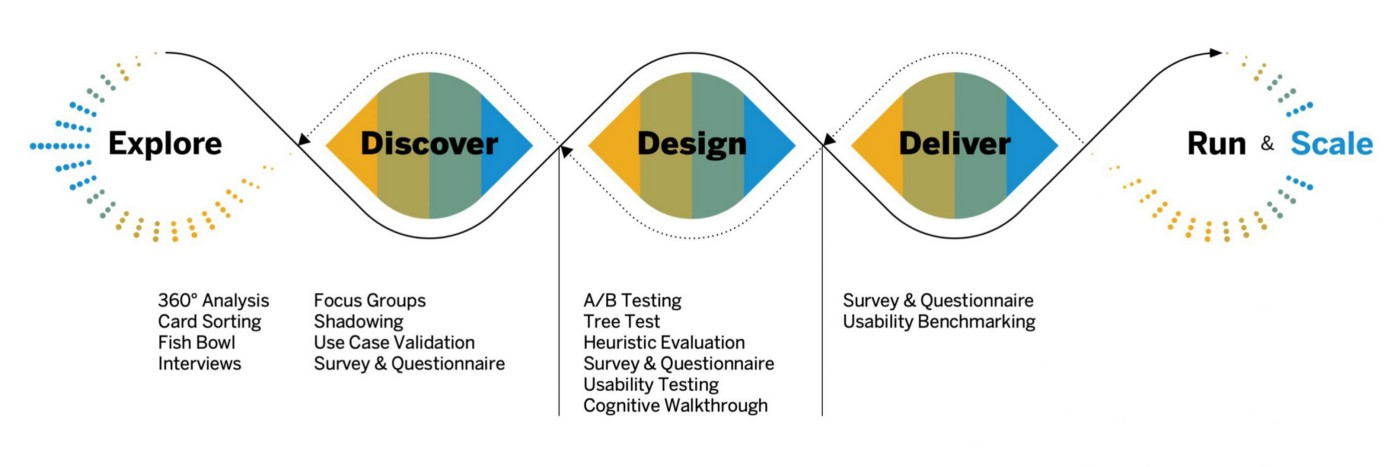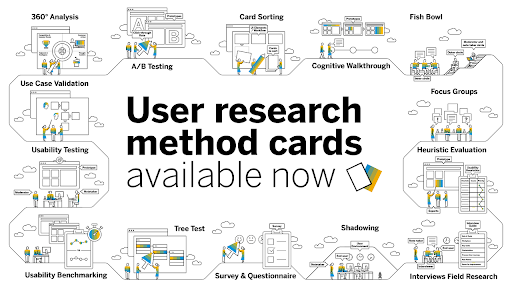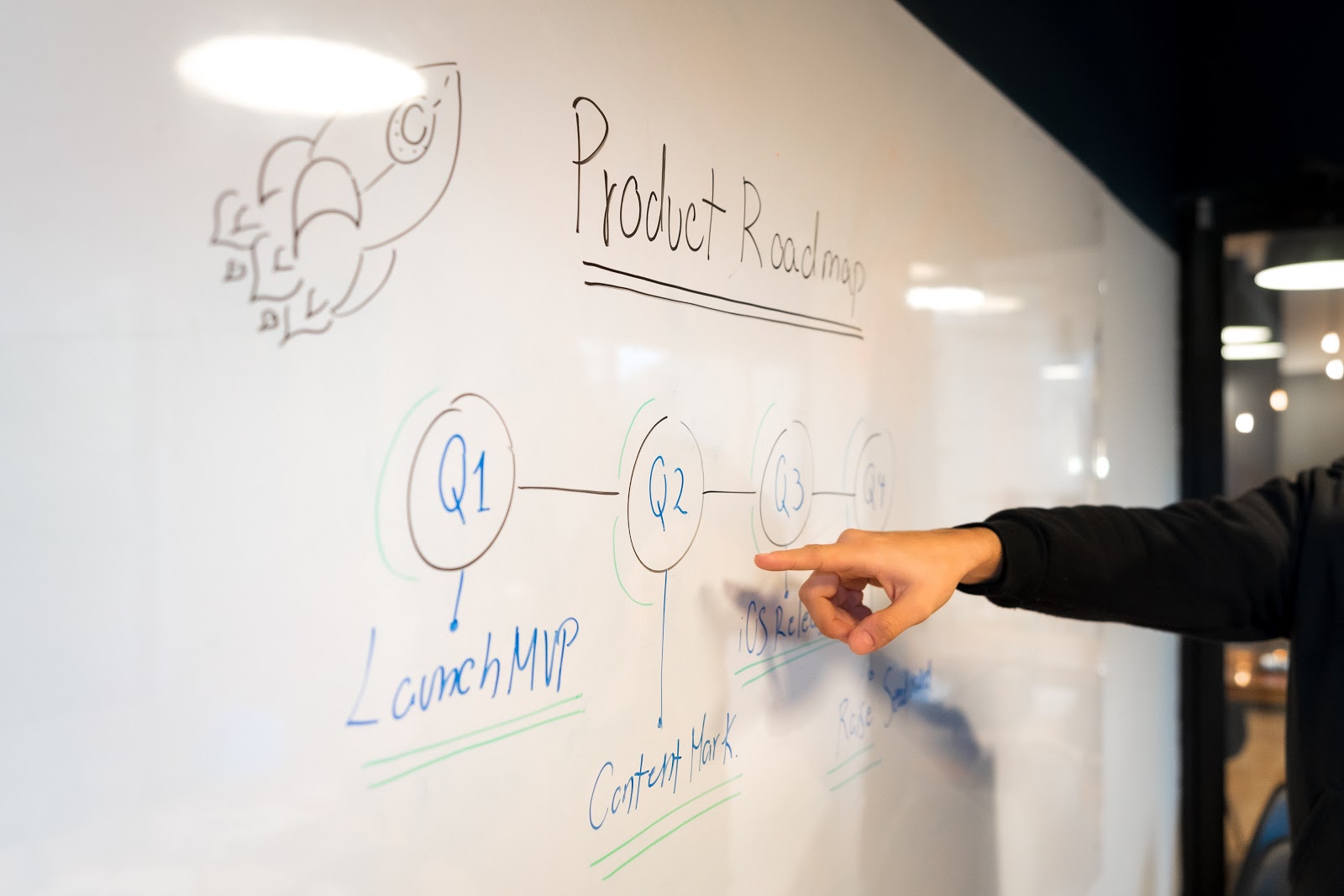In 1984, Clara Peller famously asked television viewers “Where’s the beef?” After attending Sapphire in 2021, I find myself asking “Where’s the UX?” Using Sapphire’s session-filtering tool, it’s possible to find all of those tagged under “User Experience” and you’ll find 22 sessions. However, many of these sessions are solution-first presentations that talk a lot about certain SAP software applications. They discuss how they can help create a better user experience once delivered.
That’s great! However, a lot of customers I talk to know that there are tools out there to deliver an improved experience. The gap is often that customers don’t know where to start with leveraging these kinds of technologies. And, especially leveraging them to make a measurable impact on their business. In the following article, you’ll find my wishlist for topics at future SAP conferences and events, as well as some places you can find great, user-centered content today.
Design-Led Development
If you’ve talked to anyone in the AppHaus Network, you will have heard of SAP’s design-led approach to creating enterprise solutions. This is the same methodology that we, as AppHaus Partners, follow at Mindset. As Design Thinkers, we are trained to fall in love with problems instead of solutions. As the diagram below shows, there is a constant flow between exploration, discovery, design, and delivery.

Image courtesy of SAP
Despite the focus on design-led development, most of the sessions I see at conferences like Sapphire start at the delivery phase. A lot of the content for discovery and design is glossed over or skipped, and we jump straight into architecture diagrams, code snippets, and deployment timelines. The delivery phase is undoubtedly important, but so are the other phases. Customers that I talk to know that they want to make UX improvements, and they’ve heard of various SAP solutions like the Business Technology Platform or Fiori Elements, but they don’t know what problems to apply them to. Following a design-lead development process allows us to first identify challenges and opportunities, create and test new ideas, and then apply the right technologies in bringing those ideas to life.
A Focus on User Research
To close the gap on “where to start” you have to first find the problems worth solving. With our problem defined and well understood, we can create solutions and validate them with the people we are designing for. Finally, we can apply the right technology that builds our solutions in a sustainable and lasting way. In Design Thinking, we talk about this as the intersection between desirability, feasibility, and viability.

User research can be used throughout this process and can be helpful when we are trying to figure out what problems we want to solve, and validating that those are the real problems our users are facing. Recently, SAP released a fantastic set of method cards that explain common user research methods, and when and how to use them. My personal favorite is shadowing, where you go on-site with users and observe them going about their daily tasks. I have found that not only do I learn exponentially more shadowing than I do from surveys or even interviews, but it also provides a level of context that one can only understand by being close to the action.

Image courtesy of SAP
Understanding the technologies used to implement solutions is incredibly important, especially for developers and solution architects. Equally as important is understanding why we’re building something and having a level of confidence that our solutions are impactful. The user research techniques outlined in the method cards can help us validate problems and test our solutions. They can ensure that we’re applying technologies the right way when we do get to the delivery phase.
Encouraging a Product Mentality
SAP has a lot of products under their portfolio including S/4 HANA, the Business Technology Platform, Ariba, Success Factors, and many others. Like most products, there are roadmaps for each of these products that SAP regularly shares online or at conferences like TechEd and Sapphire. I’d have to imagine that behind the scenes, there are also teams of developers and designers working in an agile way to deliver on a product backlog, always learning and iterating as they go. There were even remote usability tests conducted during Sapphire that will be used to create better products. And yet, I rarely hear about this type of product-based approach from customers.

Most sessions I’ve attended have specific timelines and deployment dates. However, rarely is there a roadmap for future iterations or a plan to continue learning and building on delivered items. In the future, I’d like to see more SAP customers and partners helping to enable this product mentality within their enterprise tools. I can envision a future where employees are the customers of enterprise applications. I can envision a future where organizations leverage product teams, perhaps based on lines of business like HR, Finance, Logistics, and more. If you’re looking to understand how to create a human-centered approach to creating your product backlogs, OpenSAP is offering a free course on that idea starting on June 29th.
Final Thoughts
I found several sessions at this year’s Sapphire event interesting and informative. This is regardless of whether they were about mobile apps for e-commerce or factories of the future. Still, I found myself wanting more information not just on the final project, but on the journey to get there. What they present might be a solution. However, how do you know it’s the right one? And how did you know that this was the right problem to solve in the first place? With your solution deployed, what’s next? Expanding on these areas, teaching customers about user research, and enabling a product approach will help customers with a more holistic view of the design-lead development process.
If you are interested in viewing similar articles, visit our blog, here.
View our LinkedIn, here.